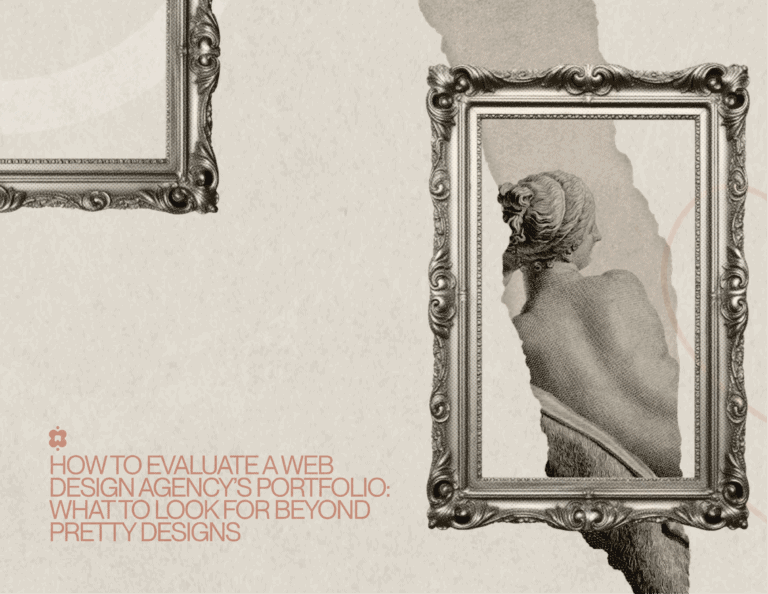Outline:
Luxury is a concept that is highly subjective and varies depending on a multitude of factors, such as class, education, culture, and nationality. This poses a challenge for brand identity agencies tasked with creating a luxury brand and designing a logo that will appeal to their target audience. In this article, we will explore the different ways to transmit the idea of luxury in branding and logo design, and answer the question of what is kitsch design and how to avoid it.
Understanding Taste and Its Role in Defining Luxury
Taste is a complex concept that is influenced by several factors, essentially individuality. The idea of luxury varies depending on an individual’s personal preferences and experiences. To avoid transforming luxury into kitsch, it is essential to define taste and understand what elements of a design may appeal to some individuals and not to others. This is a key consideration, as with knowing your target audience’s needs and preferences, you can craft a product that ideally meets their demand and translate their taste.
What Is Kitsch Design
Essentially, kitsch represents cheap items with pretensions of luxury. Some people view kitsch design as a form of irony, while others genuinely believe it is a representation of good taste and luxury. However, when it comes to branding and logo design for upmarket venues and events, targeting this market is not a priority. Understanding the target audience’s preferences and aspirations is critical in ensuring that the design reflects their taste and style unless you want to look and feel kitsch when targeting solely “luxury” goals.
Segmenting the Market to Transmit the Idea of Luxury
Targeting a specific audience is the key to transmitting the idea of luxury in branding and logo design. Conducting market research and creating a portrait of the ideal customer helps identify their preferences and aspirations. In other words, by understanding the hopes, identities, aspirations, and ideas of good and bad taste and luxury of your typical consumer, you can design a brand that will appeal to them. A brand identity agency can then create a design that reflects all the right characteristics, instead of simply transmitting wrong ideas and goals that are confusing and sometimes funny. And that is one of the dangers of kitsch design.
Creating a luxury brand is the risk of it being perceived as kitschy. Kitsch design refers to cheap imitations of luxury that aim to appear sophisticated but fail to do so. To avoid this, it is essential to understand the nuances of good taste and luxury and how they vary across cultures and regions.
Transmitting the Idea of Luxury in Branding and Logo Design
In branding and logo design, transmitting the idea of luxury involves using design elements that exude quiet confidence and authority, played down and not in your face. The use of subdued colors, classical features of form, and the golden mean are essential in avoiding the risk of kitsch. A touch of exuberance can also be added to the design, but it must be done with care to avoid going overboard.
A Great Example of Proper Branding and Design Without Being Kitsch: Experience England Case Study
An excellent example of luxury branding and logo design. The logo features simple and subdued colors and typeface, exuding quiet confidence and authority. The use of royal blue and gold is a perfect combination that sets off gold and emplaces it rather than clashing with its shininess. The design is clear and professional, with little touches of exuberance. The crown is made of gold, which might be considered tacky by some, but it is undeniably luxurious, considering the value of the Crown Jewels.



In conclusion, transmitting the idea of luxury in branding and logo design requires an understanding of good taste and luxury and the ability to segment the market and conduct thorough research. With these in mind, you can create a brand that resonates with your target audience and exudes luxury and exclusivity without being perceived as kitschy.


